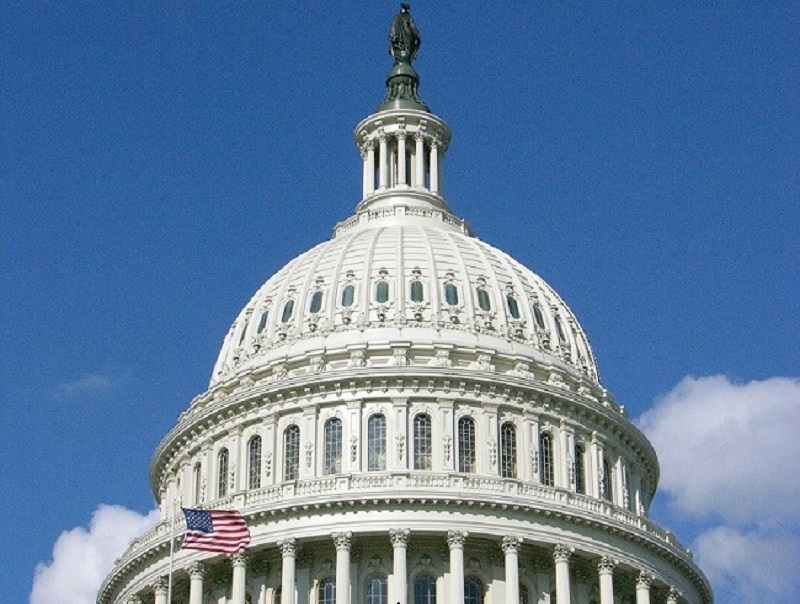Adding More Certainty to SECURE

There has been a flurry of recent activity surrounding the Setting Every Community Up for Retirement Enhancement (SECURE) Act as we near its first anniversary.
Signed into law on December 20, 2019, the SECURE Act has been the subject of various federal government-issued explanations and clarifications; the latest of those, IRS Notice 2020-68, includes guidance on the SECURE Act’s new rules regarding 401(k) plan participation by long-term, part-time (LTPT) employees as well as qualified birth or adoption distributions (QBOADs).
Under the SECURE Act, employers are permitted – but not required — to allow QBOADs as of January 1, 2020. A participant may treat an otherwise permissible in-service distribution from the plan as a QBOAD, thereby avoiding the 10% early distribution tax. The maximum $5,000 distribution must be made during the one-year period following the qualified birth or adoption; the notice specifies that such distributions apply per child, not per birth or adoption. The notice further explains that an “eligible adoptee” is an individual who has not attained age 18 or is physically or mentally incapable of self-support, but does not include a child of the taxpayer’s spouse.
In addition, the notice further clarifies the SECURE Act’s removal of a restriction that had prevented those aged 70 ½ or older from contributing to a traditional Individual Retirement Account (IRA). The notice states that any financial institution allowing that individual to make such contributions — the institutions are not required to do so — must amend its IRA contracts and update the disclosure statement that must be given to IRA owners. Those amendments and updates can be deferred until at least December 31, 2022.
Further, the IRS notice clarifies that all periods of service — including those that begin before January 1, 2021 — must be taken into account for purposes of a special vesting rule. That rule involves determining the service of an LTPT employee who is included in employer contributions; essentially, such an employee must be credited with a year of vesting service for each 12-month period during which the employee has completed at least 500 hours of service.
The rule does not apply to participants who met the plan’s regular participation requirement, which usually includes being at least 21 years old and working 1,000 hours in a 12-month period.
Additional IRS guidance is likely to follow in the coming weeks and months; we will update you as developments take place.
About the Author
